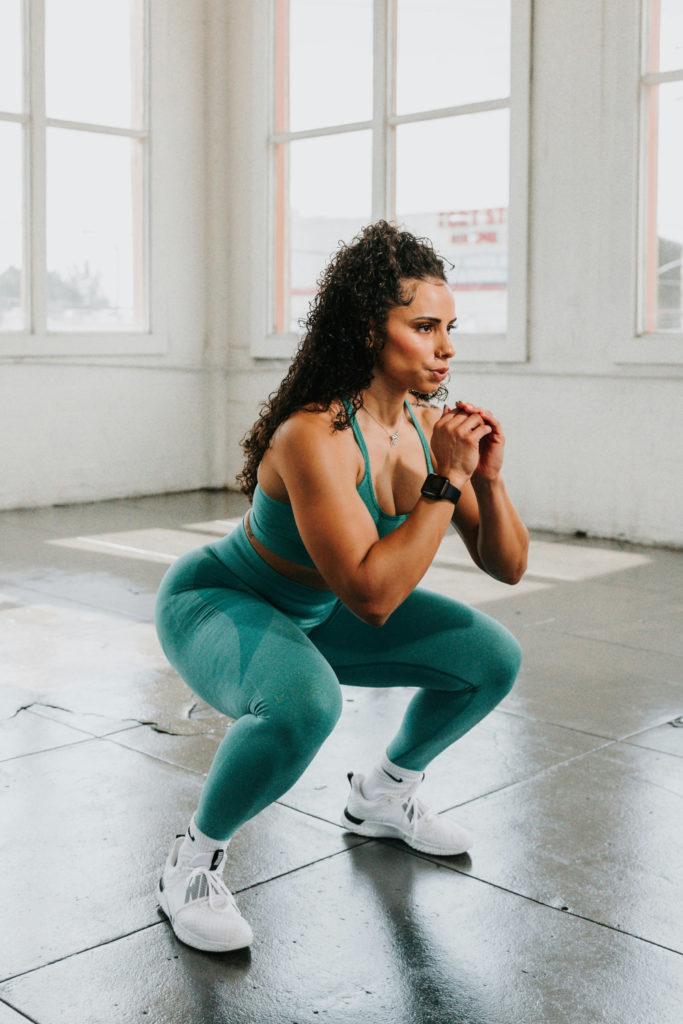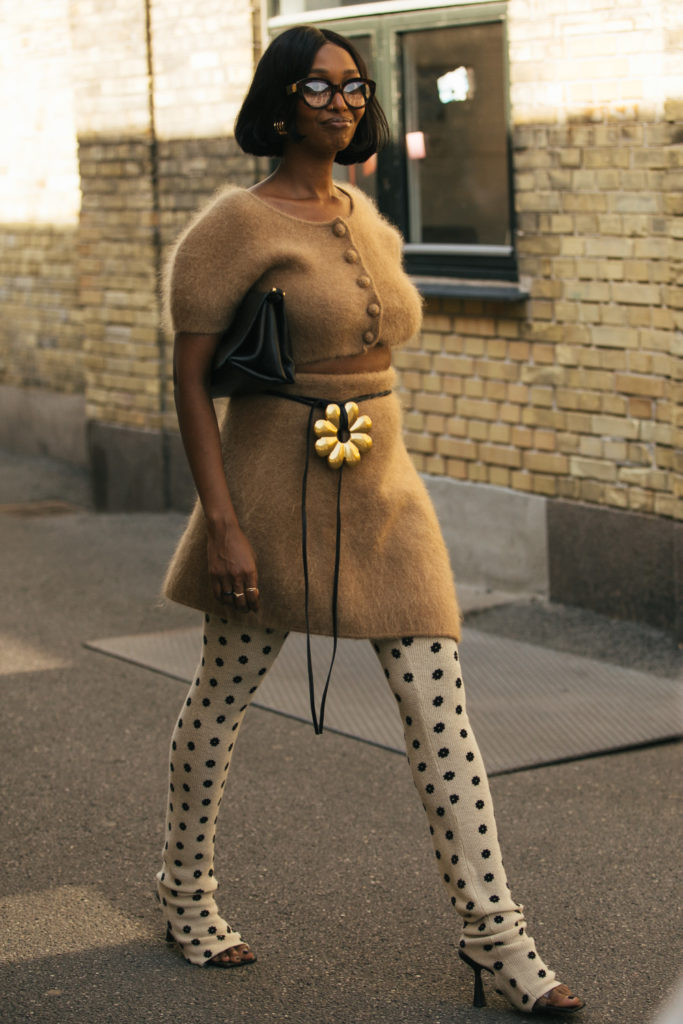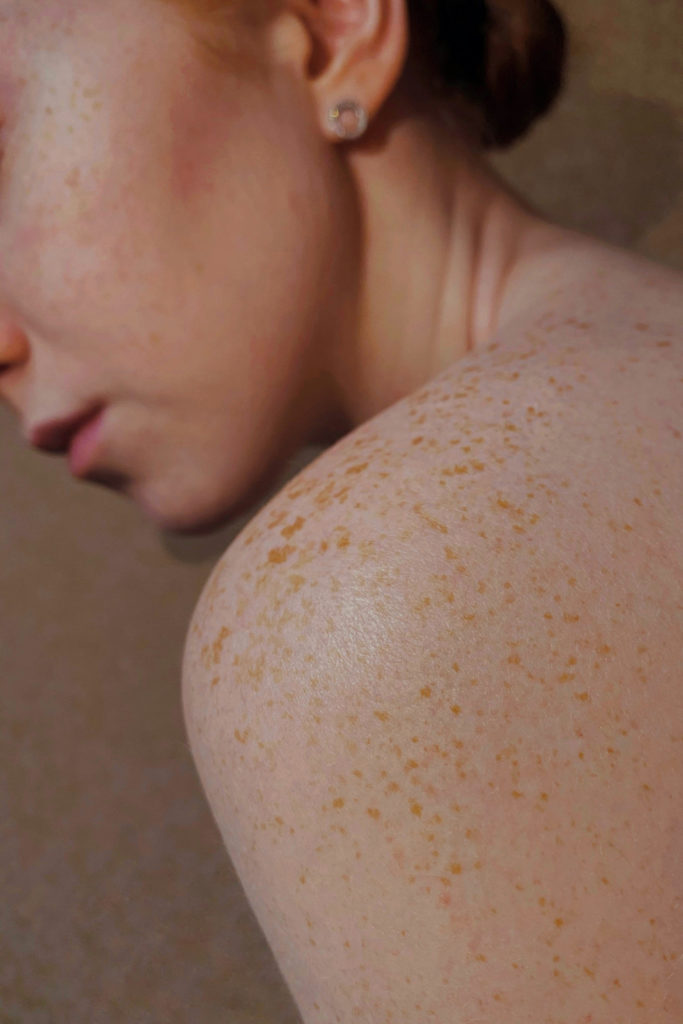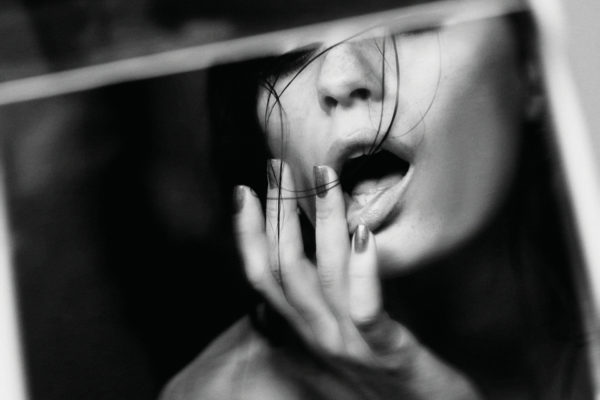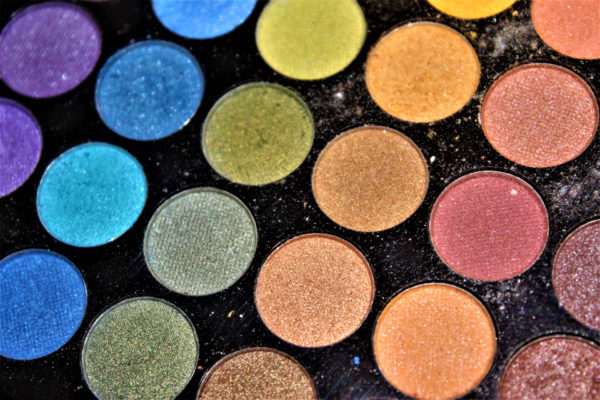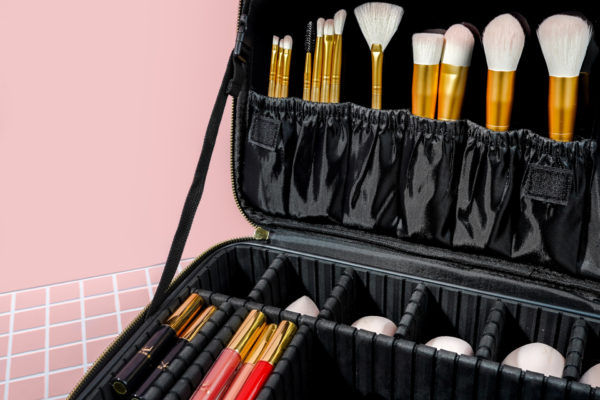5 Brilliant Foundations For Mature Skin
By
1 year ago
We ask the experts how we can look out for the best

Our makeup routine fluctuates as we get older – and the products we once relied on in our 20s, 30s and 40s may no longer work for us as we step into our 50s and 60s. Unsurprisingly, the product we tend to change up the most is foundation. We spoke to makeup industry professionals to get a better idea of how our skin changes over time, and how we can spot the best foundations for mature skin.
The Country & Town House Responsible Buyers’ Guide
How To Find The Perfect Foundation For Mature Skin
How does our makeup routine change as we get older?
‘As we age, we gradually lose the collagen and elasticity in the skin which creates fine lines and wrinkles,’ says makeup artist Brooke Simons. ‘This slightly changes the usual makeup routine as you may want start with a primer to smooth out any fine lines before applying your base. Skin can get very dehydrated as we age, so using a targeted hydrating primer or a base that includes hydrating skincare ingredients, such as a CC cream or as skin tint, will help lessen the appearance of aging skin.
‘Using a very heavy matte foundation can accentuate aging skin, so using a lighter base is recommended. If you have any age spots or pigmentation you can conceal these for an additional layer of coverage.’
‘One of the main things that changes in our makeup routine is that we gradually start to use less product,’ adds Sarah Amelia Fogg, celebrity makeup artist and founder of Brows by Sarah. ‘While we probably used to use a heavy base of foundation, concealer, bronzer, blush and highlighter when we were younger, we may now only use a tinted moisturiser or BB cream to create a more natural look. You may find that going heavy on the makeup as you get older can significantly age you (resulting in a ‘cakey’ look), therefore many people opt for something lighter and more natural.’
Are there any misconceptions surrounding mature skin in the makeup world?
The industry has historically had a negative viewpoint on getting older, with products focused on anti-aging properties, hiding wrinkles and making skin look younger – which can make us feel like there’s no space for older men and women within the makeup space. ‘Overall, I think it’s extremely important that we embrace ageing,’ highlights Sarah. ‘Our facial features and skin type changing is not necessarily something to hide, but rather an indication of aging gracefully. Often, many women think that as their skin matures they should stay away from makeup in general, however I believe that we should use this opportunity to enhance it and show our beauty.’
This leads to another common misconception: ‘People also believe that all skin damage is done in our teens and that as soon as we hit our middle aged years, it’s all about reversing the mistakes instead of preventing future ones. Our skin actually becomes more vulnerable as we age, therefore we should adopt a powerful, effective skincare routine as we mature to protect ourselves from various elements such as UV damage and sun spots.’
Brooke also highlights that we try to pile on more makeup to ‘cover up’ our skin as we get older. ‘A common misconception I regularly hear is the more aged the skin looks, the more make up you need. That’s completely incorrect. The more we age, the less base you will require, as otherwise you may end up accentuating features of the skin you may not want to! Instead, focus heavier coverage products on the areas that may need a little more support, instead of using all over the face. Think: fresh, hydrated skin. Less is more.’
What qualities should we look for in a foundation?
Both of our makeup experts agree that the best foundation for mature skin is light and dewy. ‘More often than not I would recommend avoiding matte formulations unless you’re someone with oily skin who is specifically looking for full coverage,’ says Sarah. ‘It is very common for matte foundations to appear cakey, as they are usually a heavier consistency than dewy formulas.’
‘I always look for something with a glowy, dewy finish and steer clear of anything too heavy and matte. A product that is light reflecting and hydrating is key,’ adds Brooke. ‘An ingredient to look out for within your foundation would be hyaluronic acid, as this will offer an added boost of moisture and help to hydrate the skin throughout the day. ‘
Whether lightweight or full coverage, Sarah says your foundation should also have some kind of SPF in it: ‘One of the most important factors that we should all look for in our foundations, especially those with mature skin, is to invest in products with SPF included. We should be wearing an SPF all year round, no matter the weather or season, therefore using an SPF foundation will provide an extra layer of protection for delicate, mature skin.’
Brilliant Foundations For Mature Skin
How To Apply Foundation On Mature Skin
Now you’ve found the foundation of dreams, it’s time to use it. We ask our experts below the best practice for applying foundation as you get older:
What steps should we take to prep for makeup application?
Hydration is key, says Sarah. ‘Mature skin is often more dehydrated than youthful skin and applying makeup to dry skin is the main cause of a cakey, ageing appearance. Therefore, hydrating your skin with primers, moisturisers and hydrating serums is a must. I recommend using a moisturiser that has been formulated for your skin type and when using this, focus on the particularly dry areas. You should also always use a broad spectrum SPF that is specifically designed to sit under makeup so that you’re providing your skin with maximum protection.’
In terms of a base, look for a silicone primer. ‘Primers are perfect for mature skin as they can help to soften wrinkles and blemishes by basically filling in the wrinkles to allow your makeup to sit smoother,’ explains Sarah. ‘Always allow the primer a few minutes to set until you start applying any makeup. You may also find this means you can apply less foundation, offering a more natural look which will look less heavy.’
Brooke adds that you should also take extra care when it comes to the skin around your eyes. ‘This can also be a target area for dryness, as the skin is thinner here and can also show signs of discolouration as we age. Prepping the area with a really great eye cream is key, followed by a heavier coverage concealer before adding foundation.’
Top Tips For Application
Skin Prep
‘My advice is the same for any skin type: it’s all about the skin prep,’ says Brooke. ‘You should really hydrate the skin with a hyaluronic acid serum, or a face oil if your skin is really dry.’
Avoid A Matte Finish
Since your skin can become drying as you get older, Brooke recommends avoid matte finishes as these can really dry out the look of your skin. ‘I’d avoid using too much powder or anything that is going to mattify or dry the skin. We want to make the skin glow!’
Keep It Light
‘My main tip for applying any type of makeup on mature skin, especially foundation, is to keep it light,’ says Sarah. ‘One of the biggest mistakes you can make when applying makeup to mature skin is to go too heavy. This can cause your makeup to appear cakey which could significantly age you. So apply a thin layer of light foundation to keep the coverage natural and youthful.’
Use The Right Tools
Sarah also recommends you find the right tools for application. ‘Use your fingers or a firm makeup brush to apply your foundation, as they offer the best coverage. However, you must ensure that your hands are clean beforehand to avoid getting dirt on your skin. A brush also creates a more seamless finish and prevents patchiness.’
Leave Your Eyebrows Alone
A little less obvious, but Sarah is adamant that eyebrows can make or break a makeup look. ‘Avoid your eyebrows at all costs when it comes to foundation,’ she explains. ‘One of the most common mistakes that I always see people make is applying their foundation over their eyebrows. This instantly makes your makeup appear cakey and heavy and also ages you by making your brows look light and thin.’
Featured image: Kelly Sikkema, Unsplash









